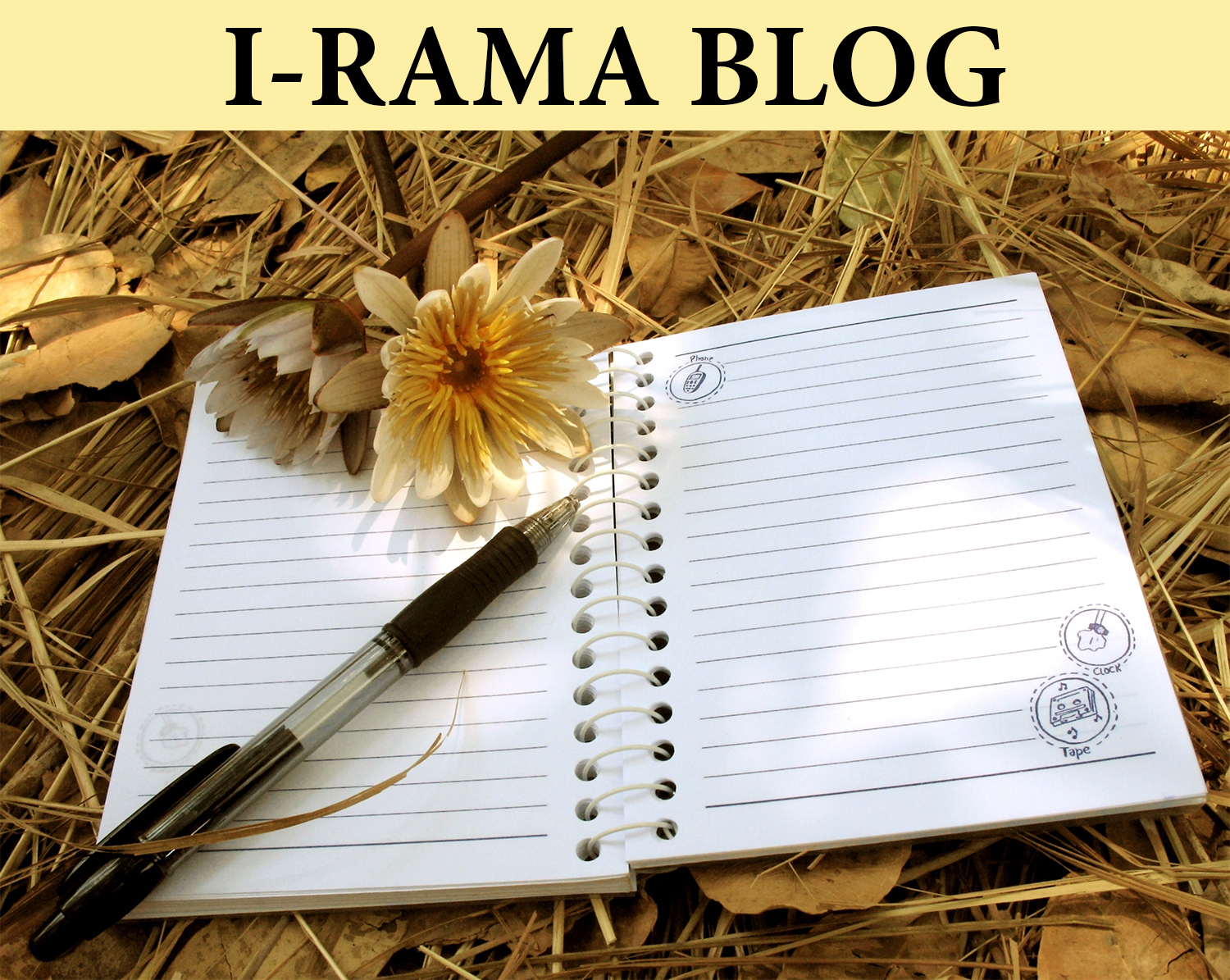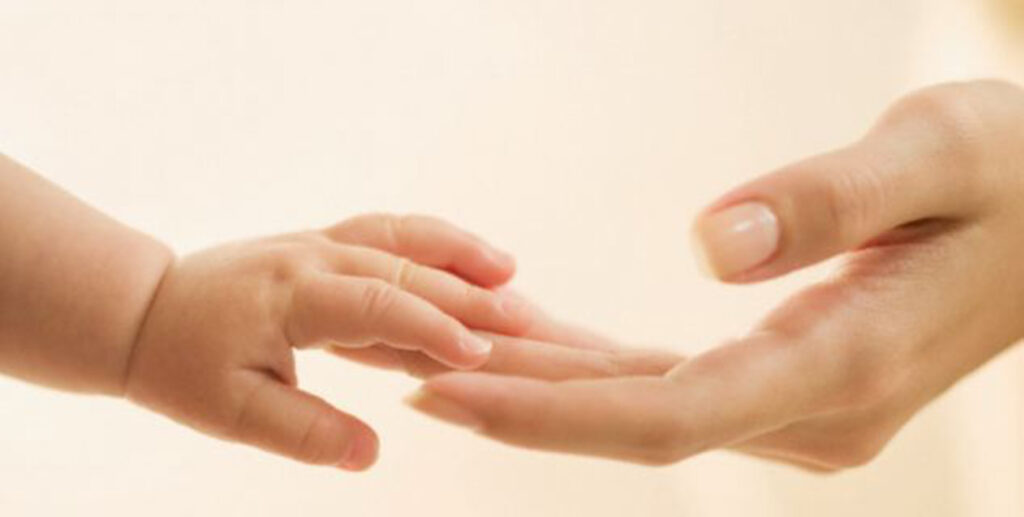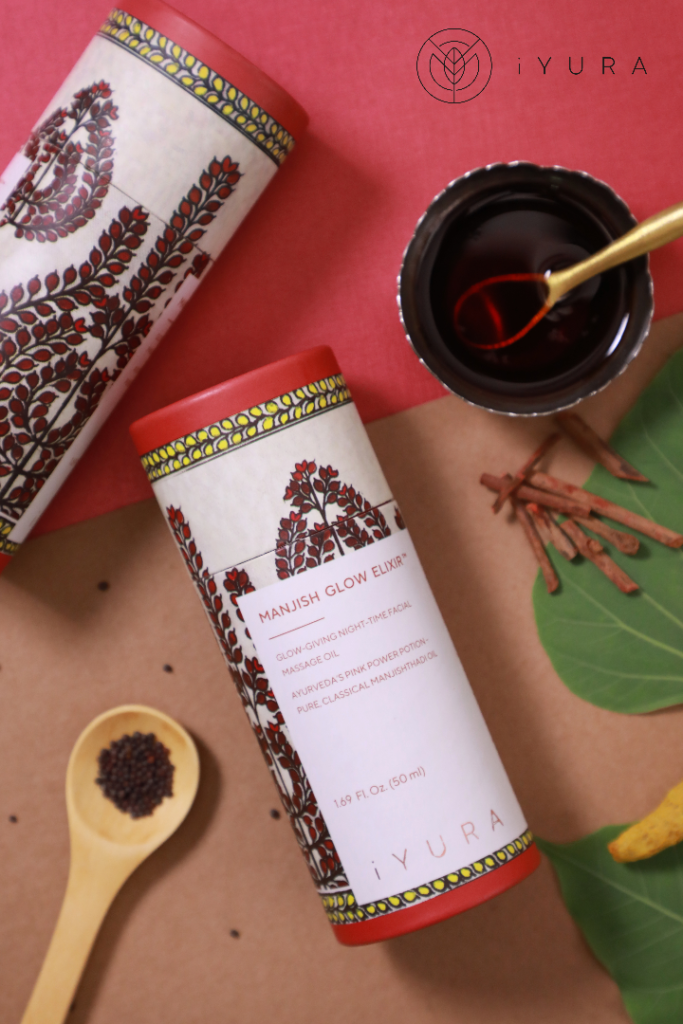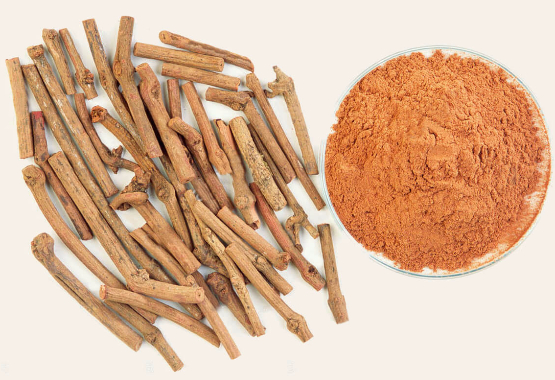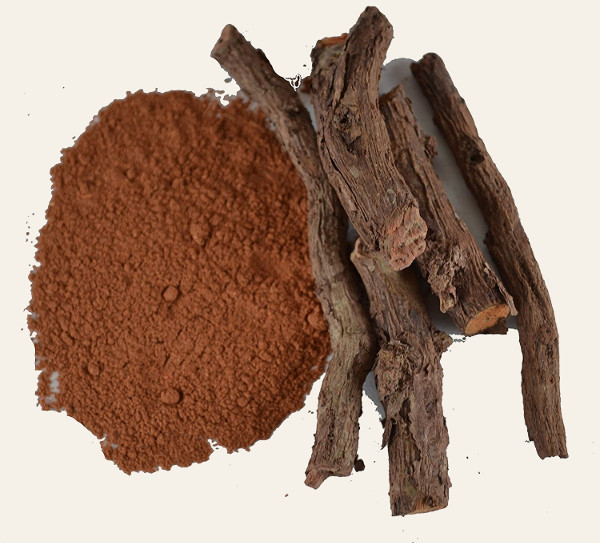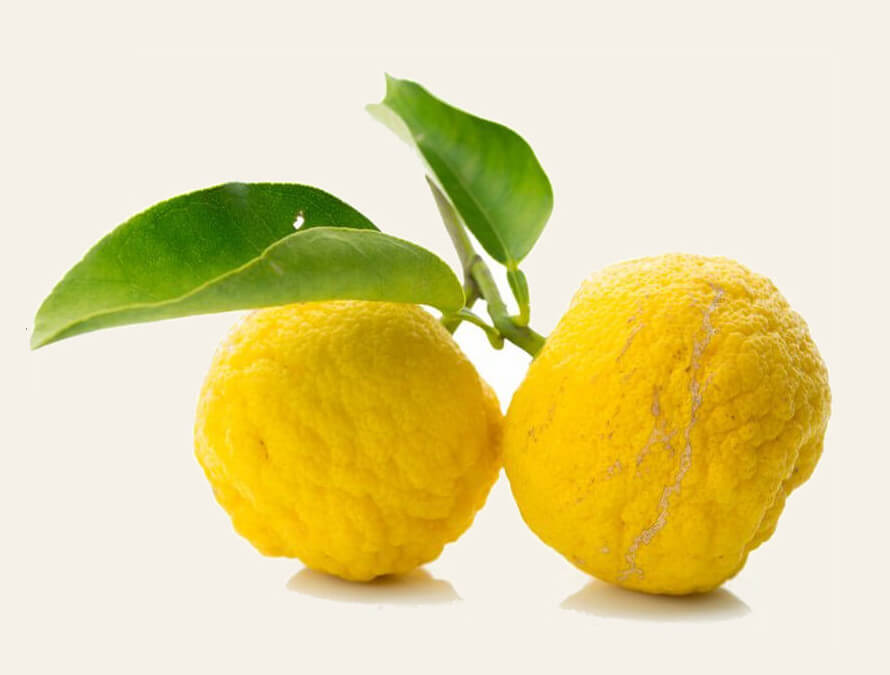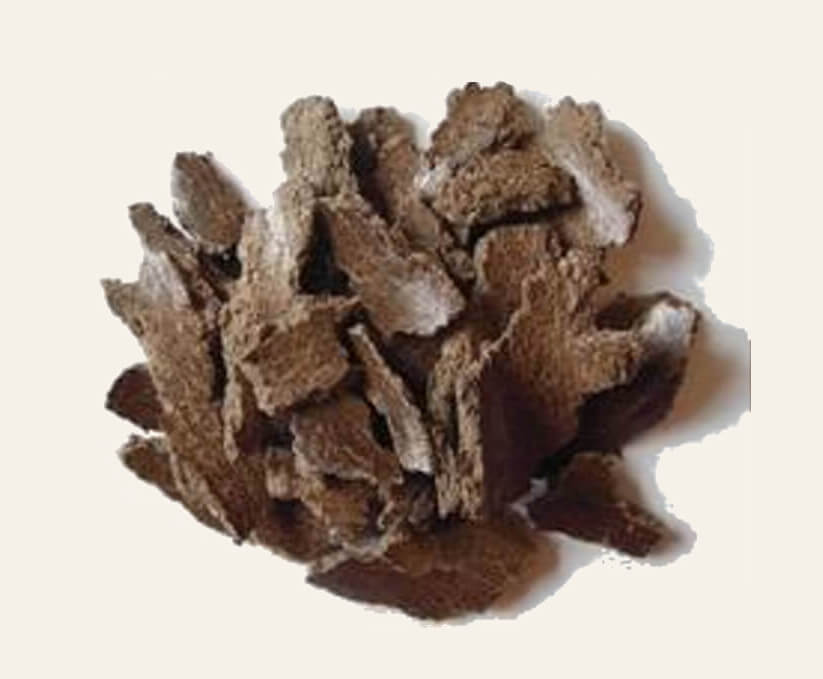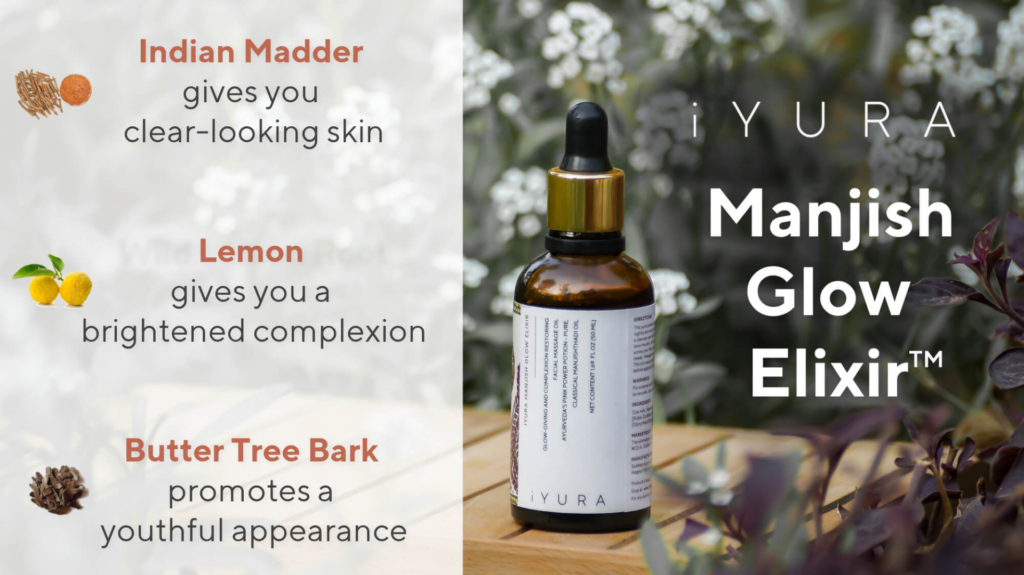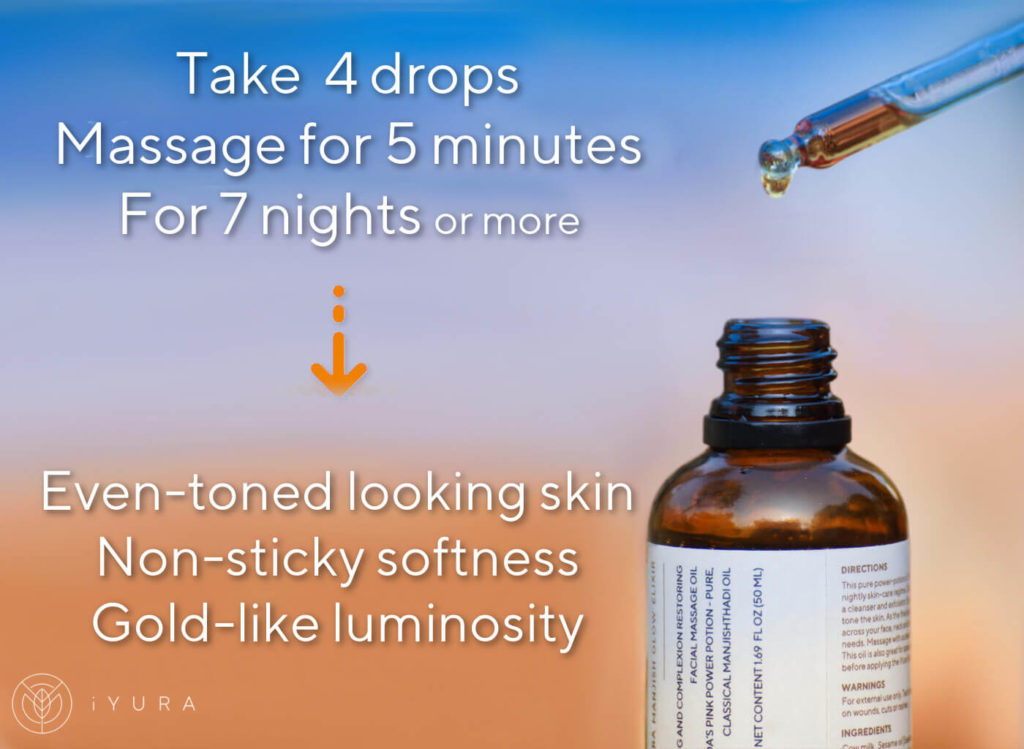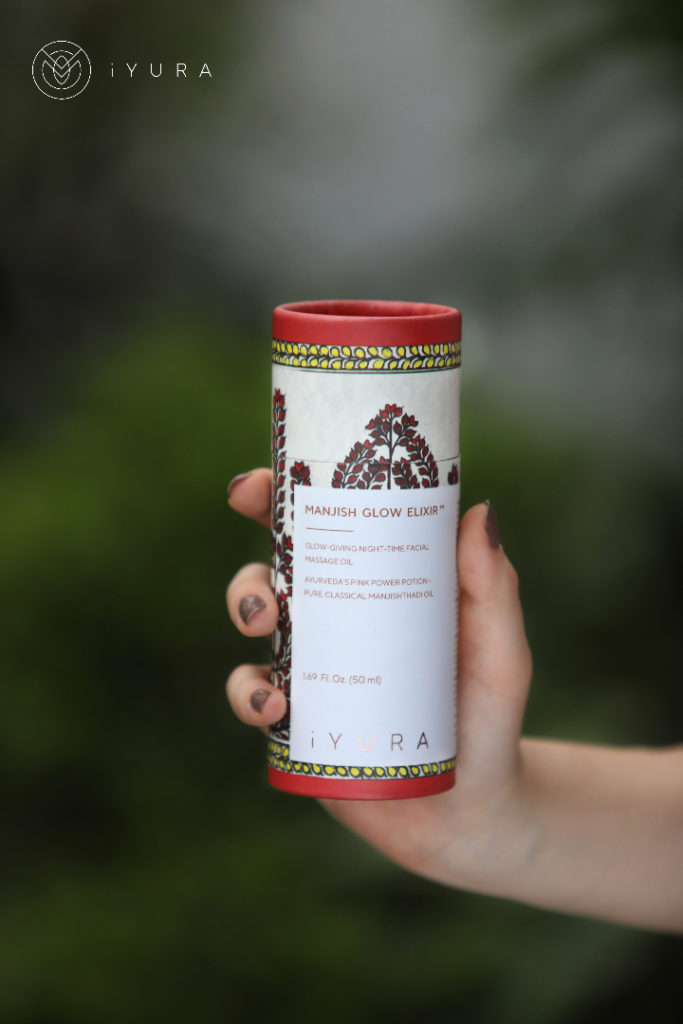26 May Human Touch and our internal connection to wellbeing
Human Touch
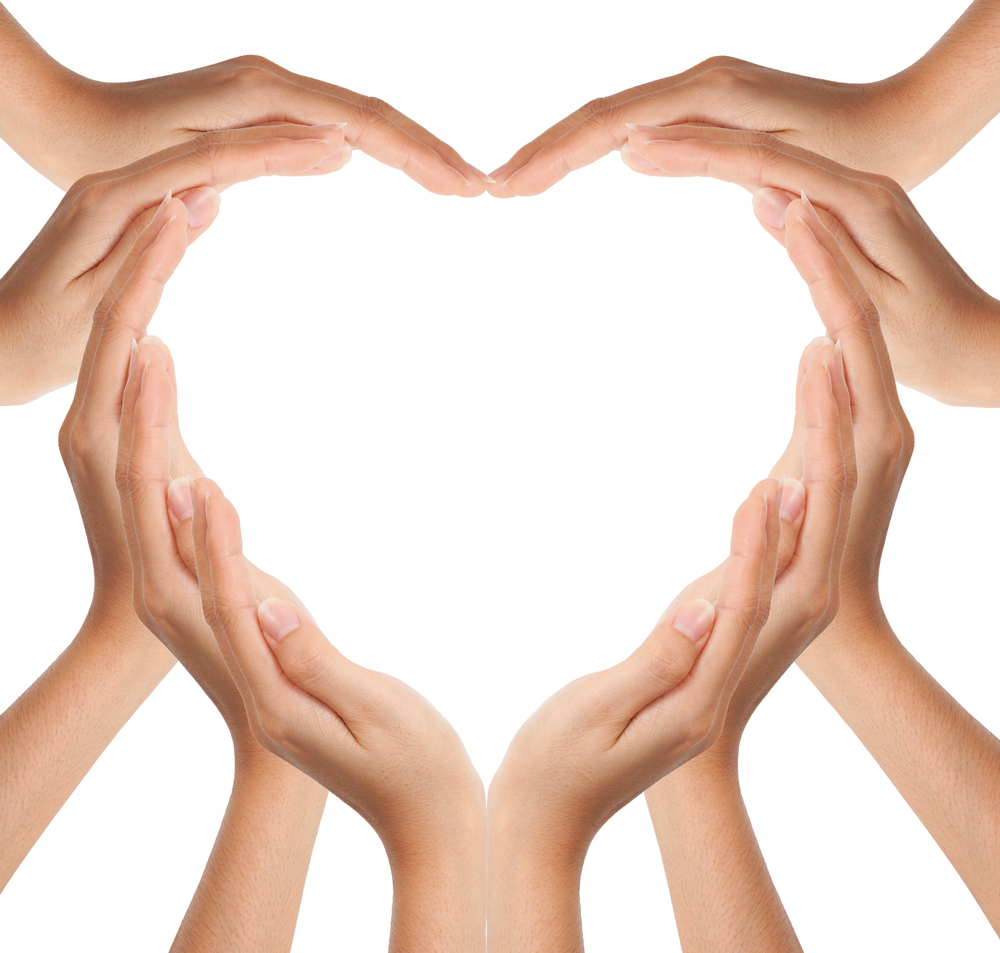
Welcome once again to our site we are very grateful for your time and all the shares and wonderful comments, we spend many hours researching the top quality content for you, enjoy and please continue to share with others so more people can benefit, thank you from all of us.
In week 47 we are sharing another miraculous aspect of our human qualities, and that is TOUCH. Why write about touch? Well, it is very simple. We touch ourselves all the time even unconsciously at night when we sleep, brushing our hair, and in so many ways we are in contact with ourselves through touch. With that said, doing the same action with awareness will add up a lot more benefit to it. Being a mother, wife, pet owner, and a human being, I am always using touch to communicate feelings. In Chile where I was born, we are very touchy, we hug and kiss when we meet and express our emotions through touch a lot, which when I moved here caused me a lot of rethinking before I touch someone. It is a different custom that is all. Touch does so much for living beings from a comforting, reassuring, warning, and encouraging behaviors. Touch creates secretion of hormones and so much more. When I became a makeup artist I realized that through touch I could do so much, so I took courses in Cranial Sacral, Polarity, and medical Qi Gong. There I realized the depth of just how a small amount of touch produces considerable changes, not only physically but in the emotional and etheric systems. I used it to support the actors and many times the members of the working team. I fell in love with the idea of offering an extensive service that covers more than one gift alone and I continue to learn the gifts of touch. Here is important research from authorities that are loving, caring people that share their views and knowledge on touch. Enjoy and use your heart’s intention when you touch and you will make a huge difference.
Thank you once again. We have deep gratitude for all your support and visits from all of us at I-RAMA.com.
Dacher Keltner, the UC Berkeley psychology professor and faculty director of the Greater Good Science Center, shares his insights from the new science of touch: compassionate communication, touch therapies, and proof that “to touch is to give life.”
According to http://www.isciencetimes.com/articles/6073/20130917/sensitive-human-touch-new-research-suggests-fingers.htm
Highly qualified Researchers from the Royal Institute of Technology in Sweden tested for years the depth of human tactile perception to get a feeling for how advanced human touch really is. In their Research, they found that human fingers can identify textures whose ridges are mere nanometers in size (also “nanometre”) is a unit used in measurements to measure length. One nanometer is one-billionth of a meter, so nanometers are certainly not used to measure long distances, it does not work for that. Instead, they serve to measure extremely small objects, such as atomic structures or transistors found in modern CPUs. It’s the first time this kind of data has been quantified, and the results are extraordinary.
“This means that, if your finger was the size of the Earth, you could feel the difference between houses from cars,” Mark Rutland, Professor of Surface Chemistry at the Royal Institute of Technology and one of the authors of the new study on human touch. “That is one of the most enjoyable aspects of this research. We discovered that a human being can feel a bump corresponding to the size of a very large molecule.” that is how amazing the human body really is.
If we consider that our skin is the largest organ we have, and for most people can be very sensitive and responsive through it, touch is of great importance to humans and many species of animals.
The warm feeling of a handheld it has so many emotional and physical ramification in our lives, the sensation of a soft cheek against ours, arms around shoulders in an embrace for a hello, a goodbye, or a conforming hug it can all go a long way toward expressing so many different feelings. But touch can actually give more than a momentary tingle touch can comfort and heal.
The somatosensory system, also known as somatic senses, touch or tactile perception, is a complex sensory system. It is considered one of the five traditional senses. It is made up of a number of different receptors, including thermoreceptors, photoreceptors, mechanoreceptors, and chemoreceptors. It also comprises essential processing centers, or sensory modalities, such as proprioception, mechanoreception (touching), thermoception (perception of temperature), and nociception (sensation of pain). The sensory receptors cover the skin and epithelial tissues, skeletal muscles, bones and joints, internal organs, and the cardiovascular system.
Somatic senses are sometimes referred to as somesthetic senses, with the understanding that somesthesis includes touch, proprioception and (depending on usage) also the type haptic perception.
Processing primarily occurs in the primary somatosensory area in the parietal lobe of the cerebral cortex: information is sent from the receptors via sensory nerves, through tracts in the spinal cord and finally into the brain.
The system works when activity in a sensory neuron is triggered by a specific stimulus such as pain, for instance. This signal then passes to the part of the brain attributed to that area on the body—this allows the stimulus to be felt at the correct location. The mapping of the body surfaces in the brain is called a homunculus and plays a fundamental role in the creation of body image. This brain-surface (“cortical”) map is not immutable, however. Dramatic shifts can occur in response to stroke or injury.
General somatosensory pathway
A somatosensory pathway will typically have three long neurons: primary, secondary and tertiary (or first, second, and third).
- The first neuron always has its cell body in the dorsal root ganglion of the spinal nerve (if a sensation is in parts of the head or neck not covered by the cervical nerves, it will be the trigeminal nerve ganglia or the ganglia of other sensory cranial nerves).
- The second neuron has its cell body either in the spinal cord or in the brainstem. This neuron’s ascending axons will cross (decussate) to the opposite side either in the spinal cord or in the brainstem. The axons of many of these neurons terminate in the thalamus (for example the ventral posterior nucleus, VPN), others terminate in the reticular system or the cerebellum.
- In the case of touch and certain types of pain, the third neuron has its cell body in the VPN of the thalamus and ends in the postcentral gyrus of the parietal lobe.
Periphery
In the periphery, the somatosensory system detects various stimuli by sensory receptors, e.g. by mechanoreceptors for tactile sensation and nociceptors for pain sensation. The sensory information (touch, pain, temperature etc.,) is then conveyed to the central nervous system by afferent neurons. There are a number of different types of afferent neurons that vary in their size, structure, and properties. Generally, there is a correlation between the type of sensory modality detected and the type of afferent neuron involved. For example, slow, thin, unmyelinated neurons conduct pain whereas faster, thicker, myelinated neurons conduct casual touch.
The receptive field of a particular afferent neuron is given by the sensory receptors supplying it, and in turn from a particular region of the skin.
Spinal cord
In the spinal cord, the somatosensory system includes ascending pathways from the body to the brain. One major target is the postcentral gyrus in the cerebral cortex. This is the target for neurons of the dorsal column-medial lemniscus pathway and the ventral spinothalamic pathway. Note that many ascending somatosensory pathways include synapses in either the thalamus or the reticular formation before they reach the cortex. Other ascending pathways, particularly those involved with control of posture are projected to the cerebellum. These include the ventral and dorsal spinocerebellar tracts. Another important target for afferent somatosensory neurons which enter the spinal cord are those neurons involved with local segmental reflexes.
Brain
The primary somatosensory area in the human cortex (also called primary somatic sensory cortex or SI) is located in the postcentral gyrus of the parietal lobe and makes up four distinct fields or regions known as Brodmann areas The postcentral gyrus is the location of the primary somatosensory area, the main sensory receptive area for the sense of touch. Any individual neuron has its receptive field on the skin.
A relationship between the somatosensory cortical areas and their projection of the body was discovered by recording electrical activity in the human cortex after mechanosensory stimulation of different body parts during neurosurgical procedures. These data led to the construction of somatotopic maps in which a somatotopic arrangement was generated. Like other sensory areas, there is a map of sensory space called a homunculus at this location. For the primary somatosensory cortex, this is called the sensory homunculus. Areas of this part of the human brain map to certain areas of the body, dependent on the amount or importance of somatosensory input from that area. For example, there is a large area of cortex devoted to sensation in the hands, whereas the human back has a much smaller area. The somatosensory information involved with proprioception and posture also targets an entirely different part of the brain, the cerebellum.
The effect of touch depends, of course, upon the situation. A touch from someone can be relaxing or reassuring, off-putting or gentle, soothing or stimulating. Touch can also bond us together in ways that transcend words or in situations in which words may not help. Take babies, for instance. In one study it was found that fathers who gave their infants daily bedtime massages displayed more enjoyment and warmth with their child. In another, babies given a blood test were either swaddled in blankets or held, skin-to-skin, by their mothers. The babies being hugged had lower heart rates and cried 82% less than those left wrapped and lying in their cribs.
Touch’s comfort can extend to older kids, too. After receiving massage sessions, adolescents with ADHD expressed feelings of happiness, and their teachers noted a decrease in the adolescents’ fidgeting and off-task activities. Even self-massage has benefits, as proven by a study of people trying to deal with the cravings and anxiety associated with quitting smoking. When they felt the urge to smoke, test subjects were advised to rub their hands together or stroke their earlobes. Rubbed away with the tension was the urge to light up.
Some might argue that touch and massage just distract us from our aches or anxieties. But what to make of research that links massage therapy to decreased blood pressure in adults with hypertension or to the improved immune function in women with breast cancer? Some research suggests that people who are deprived of touch early in life may have a tendency toward violent or aggressive behavior later, and research in rats has found that rats with a strong mothering instinct (measured by licking and grooming their babies) were more likely have babies that showed a strong mothering instinct.
So, is touch simply a pleasant, soothing diversion? Is it mind over matter, or something more? No matter what the case, embrace the power of touch and invite it into your life:
• Go in for the rubdown. Even if you don’t have aches and pains, book a visit to a licensed massage therapist. You’ll leave more relaxed.
• DIY massage. If you’re shy about stretching out for a massage therapist, try self-massage techniques, like rubbing your hands together to warm them and then cupping them over your closed eyes. Feel the calm wash over you as your eyes and facial muscles relax.
• Conduct some hug research. When you greet a friend or family member, go in for an embrace rather than a handshake or nod. Sample a few different varieties of hugs – arms around the waist, hands on the shoulder blades. Linger in the hug a little and really relish the sensation of closeness.
• Touch is an all-ages activity. Babies can benefit from gentle touch and massage, but the need and desire for human contact don’t dwindle as we age. Remember older relatives and friends, especially those who live on their own or who have lost their husbands or wives.
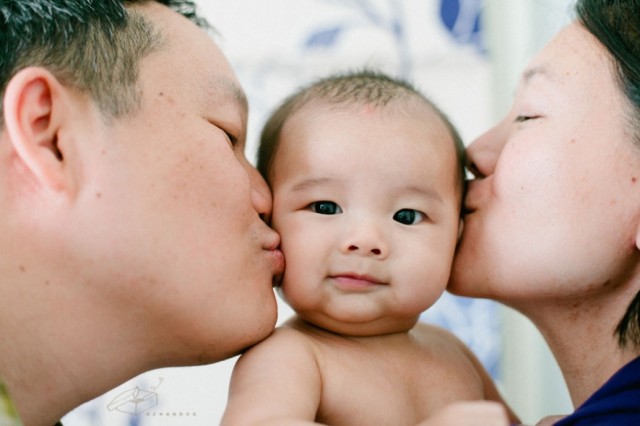
Physical contact distinguishes humans from other animals. From a warm handshake or sympathetic hug to a congratulatory pat on the back, we have developed complex languages, cultures, and emotional expression through physical contact. But in a tech-saturated world, non-sexual human touch is in danger of becoming rare, if not obsolete. Despite the benefits of digital advancement, it is vital to preserve human touch in order for us truly to thrive.
Humans become nearly unrecognizable in the absence of touch. Two hundred years ago, French scientists spotted a creature resembling a human running through the forests. Once captured, they determined he was 11 years old and had run wild in the forests for much of his childhood. Originally the child, “Victor,” was determined to be an idiot; French physicians and psychiatrists eventually concluded he had been deprived of human physical touch, which had retarded his social and developmental capacities.
Scientific research now correlates physical touch with the following important areas:
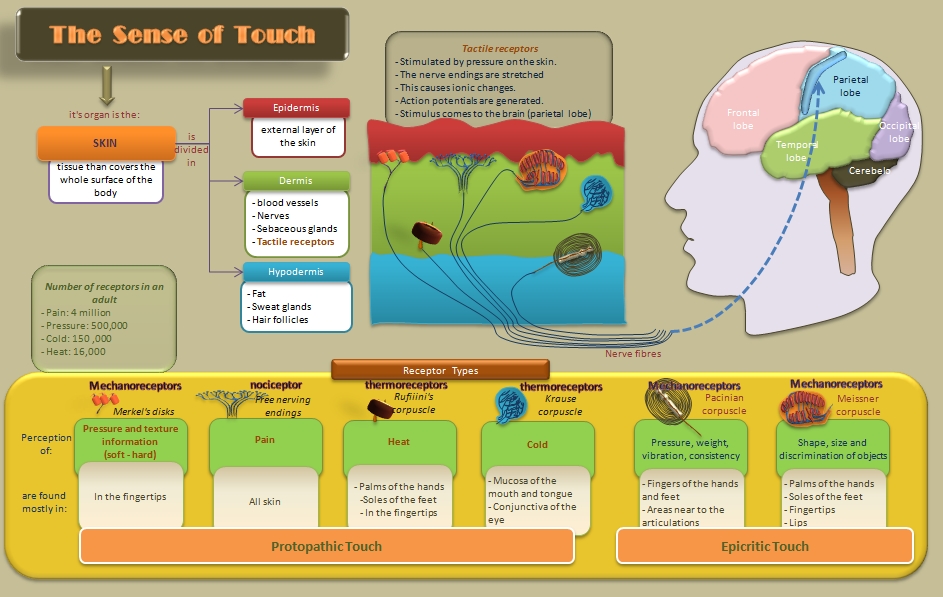 1 Decreased violence. Less touch as a child leads to greater violence. American developmental psychologist James W. Prescott proposed that the origins of violence in society were related to the lack of mother-child bonding. Child developmental research illustrates that the absence of physical bonding and healthy attachment between an adult and child may result in lifelong emotional disturbances.
1 Decreased violence. Less touch as a child leads to greater violence. American developmental psychologist James W. Prescott proposed that the origins of violence in society were related to the lack of mother-child bonding. Child developmental research illustrates that the absence of physical bonding and healthy attachment between an adult and child may result in lifelong emotional disturbances.
2 Greater trust between individuals. Touch helps to bond people together. Daniel Keltner, the founding director of the Greater Good Science Center and professor of psychology at University of California, Berkeley, cites the work of neuroscientist Edmund Ross, who found that physical touch activates the brain’s orbitofrontal cortex, linked to feelings of reward and compassion. According to Keltner, “studies show that a simple touch can trigger a release of oxytocin, aka ‘the love hormone.'” Our skin contains receptors that directly elicit emotional responses, through stimulation of erogenous zones or nerve endings that respond to pain, according to researchers Auvray, Myin, and Spence.
3 Economic Gain. Keltner links economic benefits to physical touch, probably because “touch signals safety and trust; it soothes. Basic warm touch calms cardiovascular stress. It activates the body’s vagus nerve, which is intimately involved with our compassionate response.” NBA teams whose players touch each other more, for example, win more games.
4 Decreased disease and stronger immune system. Physical touch may also decrease disease. According to research conducted at the University of North Carolina, women who receive more hugs from their partners have lower heart rates and blood pressure: “Hugs strengthen the immune system…The gentle pressure on the sternum and the emotional charge this creates activates the Solar Plexus Chakra. This stimulates the thymus gland, which regulates and balances the body’s production of white blood cells, which keeps you healthy and disease-free.” Research at the University of California’s School of Public Health found that getting eye contact and a pat on the back from the doctor may boost the survival rate of patients with complex diseases.
5 Stronger team dynamics. Paul Zak, the author of The Moral Molecule, argues, “We touch to initiate and sustain cooperation.” He conducted a “neuroeconomics” study from which he argues that hugs or handshakes are likely to cause the release of the neurochemical oxytocin, which increases the chances that a person will treat you “like family,” even if you just met.
6 More non-sexual emotional intimacy. Interpersonal touch has a powerful impact on our emotions. Studies have shown that a gentle brush of a woman’s arm can boost a man’s chances in love; another study showed that two-thirds of women agreed to dance with a man who touched her on the arm a second or two before making the request.
7 Greater learning engagement. When teachers touch students platonically, it encourages their learning. French psychologist Nicolas Guéguen reports (link is external) that when teachers pat students in a friendly way, those students are three times as likely to speak up in class. Another recent study has found that when librarians pat the hand of a student checking out a book, that student says he or she likes the library more and is more likely to return.
8 Overall wellbeing. Adults require human touch to thrive. Keltner says, “In recent years, a wave of studies has documented some incredible emotional and physical health benefits that come from touch. This research is suggesting that touch is truly fundamental to human communication, bonding, and health.” As Sharon K. Farber says, “Being touched and touching someone else are fundamental modes of human interaction, and increasingly, many people are seeking out their own professional touches and body arts teachers—chiropractors, physical therapists, Gestalt therapists, Rolfers, the Alexander-technique and Feldenkrais people, massage therapists, martial arts and T’ai Chi Ch’uan instructors. And some even wait in physicians’ offices for a physical examination for ailments with no organic cause—they wait to be touched.”
In conclusion: Physical touch is the foundational element of human development and culture. The growing preoccupation with digital media versus personal physical contact, combined with the social and legal restrictions over the physical contact in our schools and workplaces, may unintentionally affect these factors negatively. To foster a safe social environment in a climate of mediated communication, we should intentionally hold on to physical touch.
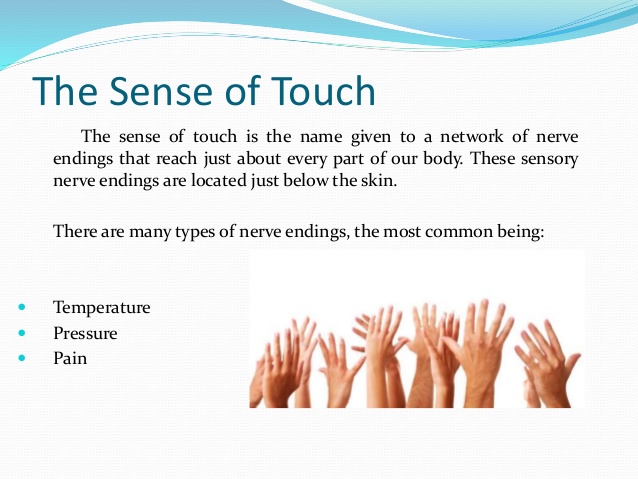
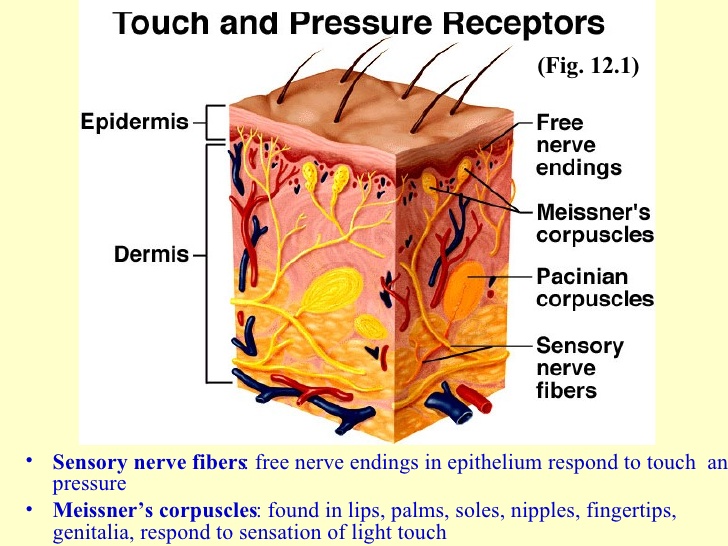
It all starts in the bottom layer of our skin. There, a series of informational conveyor belts called Merkel cells, feed data from the skin to the body’s central nervous system. The body then responds with a surge of hormones. And, if you’re receiving the right kind of touch — as opposed to a creepy one or a punch in the nose — you’ll get a dose of oxytocin, the aptly named “cuddle hormone.”
The results are palpable. Spearheaded by labs throughout the country that are dedicated to the science of touch, a slew of new studies are proving that touch — gentle, empathetic, and supportive — comes with incredibly emotional and physical health benefits. “Touch is our body’s largest and the oldest sense,” says Jeanne AbateMarco, MS, RN, CNS, clinical nurse coordinator of the Department of Integrative Health Programs at NYU Langone Medical Center. “It’s a channel of communication. It’s integral to the human experience.”
But, no two touches are the same.
From:http://www.livescience.com/35219-11-effects-of-oxytocin.html
Oxytocin
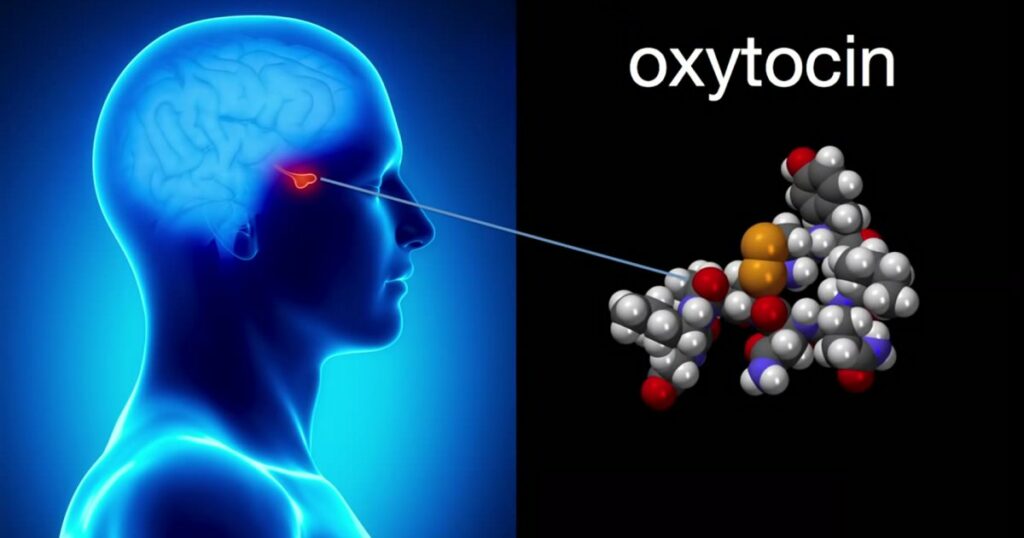 Oxytocin the so-called “love hormone” is being increasingly shown to trigger a wide variety of physical and psychological effects in both women and men.
Oxytocin the so-called “love hormone” is being increasingly shown to trigger a wide variety of physical and psychological effects in both women and men.
The hormone’s influence on our behavior and physiology originates in the brain, where it’s produced by the by a structure called the hypothalamus, and then transfers to the pituitary gland which releases into the bloodstream. Like antennas picking up a signal, oxytocin receptors are found on cells throughout the body. Levels of the hormone tend to be higher during both stressful and socially bonding experiences, according to the American Psychological Association.
“It’s like a hormone of attachment, you might say,” said Carol Rinkleib Ellison, a clinical psychologist in private practice in Loomis, California and former assistant clinical psychiatry professor at the University of California, San Francisco. “It creates feelings of calm and closeness.”
Though scientists have long known about oxytocin’s role in breastfeeding and childbirth, “We’re just learning more about it now,” Ellison said.
A stream of studies in the last decade has focused on oxytocin’s effects on body and mind. Here’s a look at what we’ve learned.
Though often referred to as the “trust hormone” oxytocin is increasingly being seen as a brain chemical that does a lot more than just bring couples closer together.
New research is suggesting that oxytocin plays a crucial part in enabling us to not just forge and strengthen our social relations, but in helping us to stave off a number of psychological and physiological problems as well. But more conceptually, oxytocin is proving to be a crucial ingredient to what makes us human. Here are ten reasons why oxytocin is simply the most incredible molecule on the planet:
1. It’s easy to get
One of the neat things about oxytocin is that you can get your fix anywhere and at any time. All you need to do is simply hug someone or shake their hand. The simple act of bodily contact will cause your brain to release low levels of oxytocin — both in yourself and in the person you’re touching. It’s a near-instantaneous way to establish trust. And the good news is that the effect lingers afterward. There’s even evidence that simply gazing at someone will do the trick — or even just thinking about them. And you shouldn’t feel limited by the human species; it also helps to hug and play with your pets. And for those who can’t produce enough oxytocin on their own, or who feel they could use a boost, the molecule can be easily synthesized and administered as a drug.
2. A love potion that’s built right in
Often referred to as the “love molecule”, oxytocin is typically associated with helping couples establish a greater sense of intimacy and attachment. Oxytocin, along with dopamine and norepinephrine, is believed to be highly critical in human pair-bonding. But not only that, but it also increases the desire for couples to gaze at one another, it creates sexual arousal, and it helps males maintain their erections. When you’re sexually aroused or excited, oxytocin levels increase in your brain significantly — a primary factor for bringing about an orgasm. And during the orgasm itself, the brain is flooded with oxytocin — a possible explanation for why (some) couples like to cuddle after.
3. It helps mom to be a mom
But oxytocin isn’t just limited to helping couples come together — it’s an indispensable part of childbirth and mother-child bonding. Oxytocin helps women get through labor by stimulating uterine contractions, which is why it’s sometimes administered (as Pitocin) during labor. It’s been known to promote delivery and speed up contractions. After birth, mothers can establish intimacy and trust with their baby through gentle touches and even a loving gaze. In addition, mothers can pass on oxytocin to their babies through breast milk. And it’s worth noting that fathers can reap the benefits of oxytocin as well; new dads who are given a whiff of oxytocin nasal spray are more likely to encourage their children to explore during playtime and are less likely to be hostile.
4.Reduces social fears
Given its ability to break down social barriers, induce feelings of optimism, increase self-esteem, and build trust, oxytocin is increasingly being seen as something that can help people overcome their social inhibitions and fears. Studies are showing that it may be effective in treating debilitating shyness or to help people with social anxieties and mood disorders. It’s also thought that oxytocin could help people suffering from the post-traumatic stress disorder. In addition, given that autism is essentially a social communication disorder, it’s being considered as a way of helping people on the spectrum as well. And lastly, oxytocin, through its trust-building actions, can help heal the wounds of a damaged relationship — another example of how the mind gets its plasticity.
5. Healing and pain relief
Amazingly, oxytocin can also be used to heal wounds (through its anti-inflammatory properties). Studies have also shown that a rise in oxytocin levels can relieve pain — everything from headaches, cramps, and overall body aches. Now, that being said, the trick is to get some oxytocin action while you’re in pain — which is not so easy. This is where synthetics can certainly help. Alternately, if you find yourself in physical discomfort, you could always ask your partner for a roll in the hay. So guys, be sure to use this crucial information the next time your significant other declines your advances and tells you she has a headache.
6. A diet aid
Perhaps surprisingly, it can also be used to prevent obesity in some instances. Researchers have observed that oxytocin and oxytocin receptor-deficient mice become obese later in life — and with normal food intake. Scientists believe that the hormone might be responsible for a series of beneficial metabolic effects, both in mice and humans. Moreover, by giving oxytocin-deficient obese mice oxytocin infusions, their weight returned back to normal levels. The mice also showed reduced glucose intolerance and insulin resistance. This clearly suggests an alternative option for those struggling to keep the weight off.
7. An antidepressant
Oxytocin was first observed to have a connection to depression through its effects on mothers suffering from the postpartum syndrome. Researchers found that some new mothers were dealing with depression on account of low levels of oxytocin. In fact, they were able to predict postpartum during the pregnancy if the expectant mother had low levels of oxytocin. Recent studies of blood levels and genetic factors in depressed patients have revealed the potential for treating people with clinical depression and even anxiety disorders.
8. Stress relief
Not surprisingly, given its ability to alleviate social anxiety and produce feelings of trust, oxytocin has the peripheral ability to reduce stress — which is no small thing when you consider the toll that stress takes on the body. Oxytocin has been observed to reduce cortisol in the body and lower blood pressure. It’s also been known to improve digestion, which is often disturbed by high-stress levels. Interestingly, oxytocin and the oxytocin receptors have been found in the intestinal tract; it improves gut motility and decreases intestinal inflammation.
9. Increases generosity
In what could be seen as either a good or bad thing, oxytocin has been observed to increase generosity in humans. Evolutionary biologists, particularly those who subscribe to the selfish gene theory, have long struggled to understand why people sometimes share or give away things — often at a personal cost. But several lines of research have connected oxytocin to feelings of empathy. In one study that required persons to share money with a stranger, infusions of oxytocin were shown to make some subjects as much as 80% (wow!) more generous than those on a placebo.
10. It’s what makes us human
In other words, all the above. It’s clear that we really wouldn’t be human without it — we would simply lack the ability to be the social, caring species that we are. Now, it should be noted, however, that, while oxytocin increases in-group trust, it produces the opposite feeling for those in the out-group — so it’s not the “perfect drug” some might proclaim it to be. That being said, oxytocin plays a crucial role in forging our ability to spark and maintain relationships, while endowing us with the ability to empathize, trust, and even love one another. Without it, we would be something significantly less than what we are.
Ayurveda’s Skin Brightening, Revitalizing, Uber-Nourishing Secret
A Signature Blend of Precious Saffron + Rose + 16 Ayurvedic Herbs
Keeping the modern western user in mind, iYURA Kesaradi™ Oil has been designed to be light and gentle on the skin and have aromatic benefits too.
With base oils cooked meticulously with a number of herbs, this is rightly called ‘the beauty elixir’. This precious oil uses the powerful properties of saffron that has been known to:
Give a radiant and smooth skin
Brighten dull skin
Bring about a luminous complexion
Improve face texture
Moisturize dry skin

